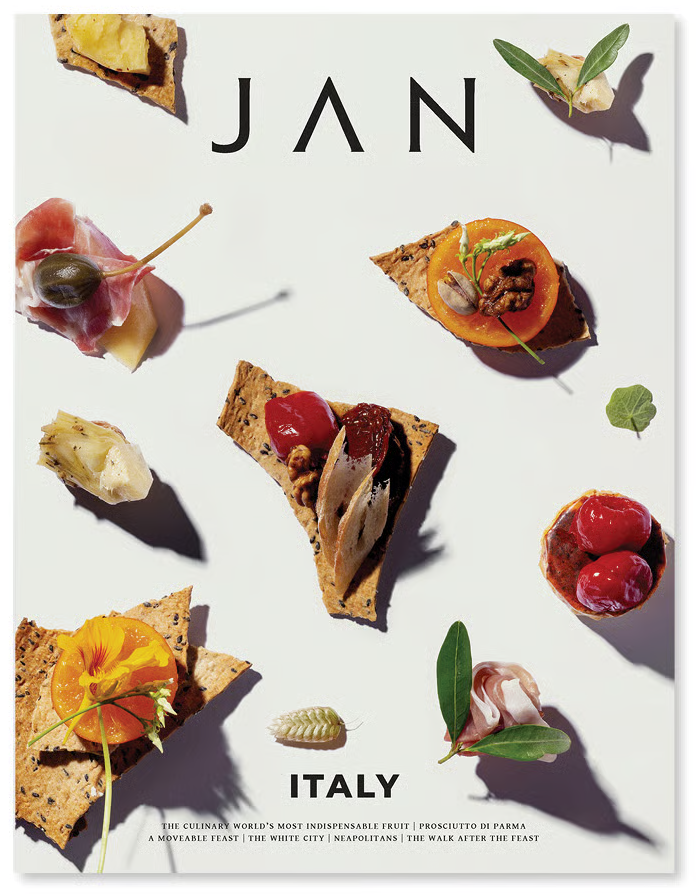Quick Kitchen Fixes
How to Turn a cooking mishap into a happy accident
It happens to the best of us. In fact, some of the happiest kitchen accidents in culinary history resulted in the Tarte Tatin, Crêpes Suzette, chocolate truffles and Roquefort cheese, to name a few – and the victims of those accidents supposedly all knew what they were doing. As much as I’m driven by precision and quality in my work as a chef, cooking is an organic process, and things don’t always go according to plan. At home, I cook very differently. I experiment more, try new things, get messier, and that often leads to disaster. But it’s OK. Most things can be fixed. It might not be what you had in mind, but who knows, you might just invent you next crowd pleaser for when next you have your friends and family over for dinner. Whatever happens, don’t let a perfectly good meal go to waste.
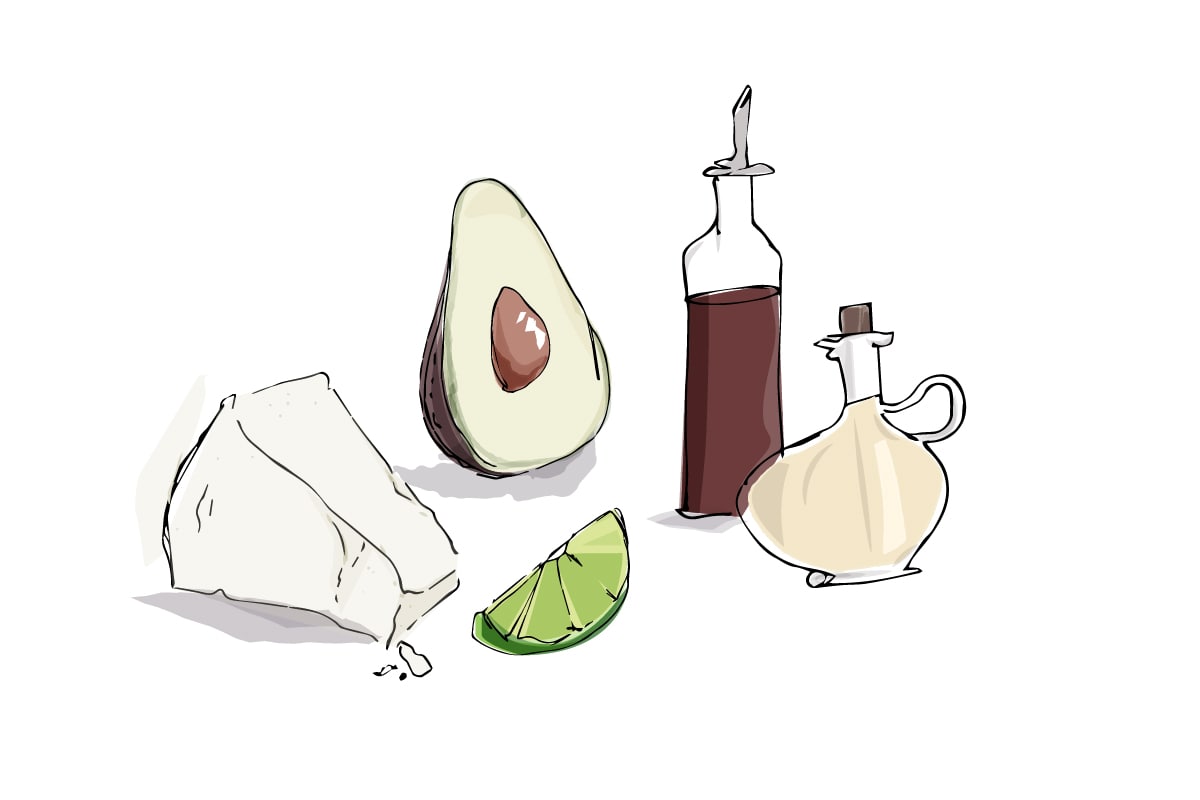
THE FLAVOUR IS JUST…
… TOO SPICY
Yikes. This one’s hard to bounce back from, unless you triple up on your ingredients and make enough curry to last a week (without adding more chilli). Dairy is the answer to this conundrum, but it only softens the blow, it doesn’t take it away. Depending on how adventurous your guests are, my suggestion would be to serve your spicy dish with lots of crème fraîche or yoghurt, and as you’re serving it, to announce that they’re in for a wild ride. It also can’t hurt to serve a couple of cooling side dishes along with it, like a cucumber salad or a light salsa.
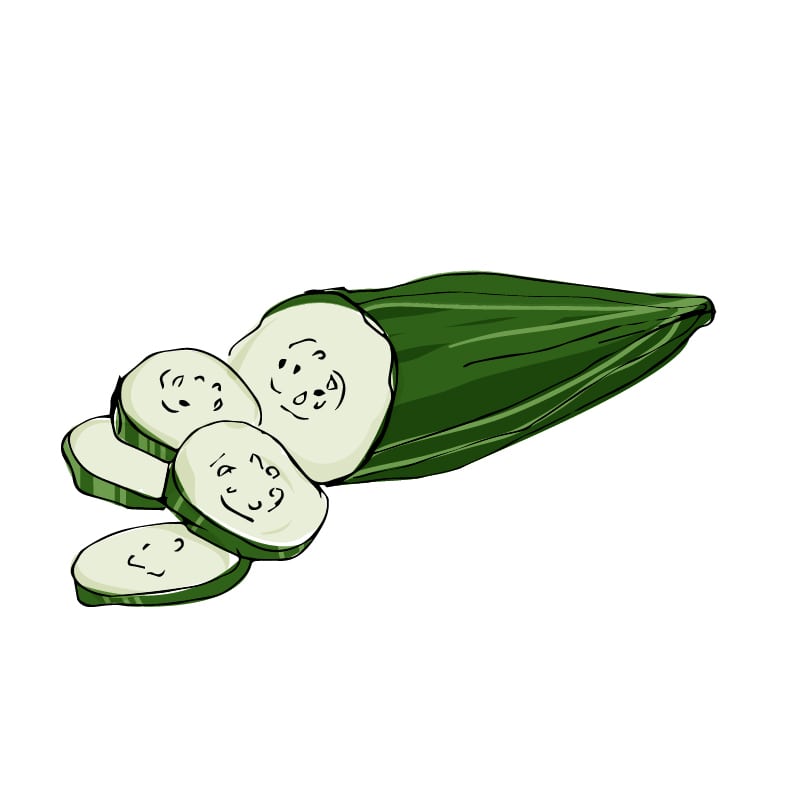
… TOO SALTY
It happens. Don’t be too hard on yourself. I didn’t always know this but not all salts were created equal – some are actually saltier than others. I love working with flaky salts like Maldon or fleur de sel, because their sodium balance is just perfect in my opinion. But other salts contain much more sodium. Iodated free-flowing salt is, of course, super salty, so it’s easy to tip the scales of a dish when that is your salt of choice (do try to skip it if you can). The trick to dialling the saltiness back a notch is acid. Vinegar or lemon juice usually does the trick. And you don’t need that much, so be sure to do a taste test after every spoonful.
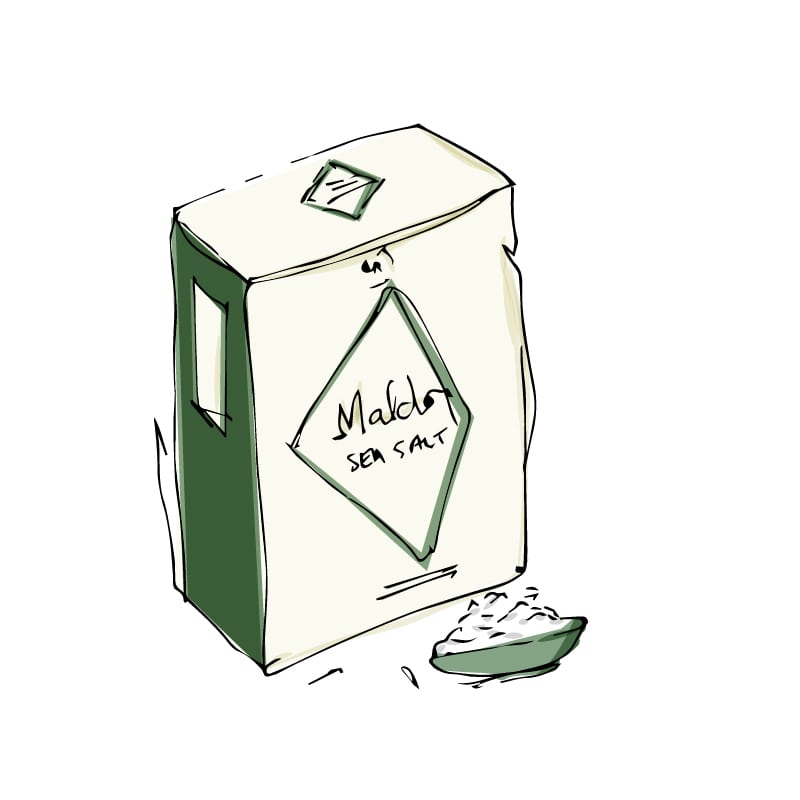
… TOO SWEET
I find that salt and sugar – although very different – function in very similar ways when it comes to cooking. A few years ago, I discovered that this has something to do with osmosis, and the fact that both salt and sugar draw moisture out of other ingredients. To save a dish that’s too sweet, I would apply the same remedy as I would to salt, namely acid, although a pinch of salt can also help balance out the sweetness.
… TOO BITTER
We have a complicated relationship with bitterness. I think, instinctively, we associate a bitter taste with things that are harmful to us, like toxic substances. It’s how we’ve survived as a species, I guess. But in the right quantities (and context), bitterness can be immensely satisfying in a dish. Think of coffee, for instance, grapefruit, saffron, kale, or sesame seeds – all bitter at the core. But sometimes the scales tip just a smidge too much in the direction of “should I be eating this?” The most obvious cure for bitterness is sweetness, of course, but don’t discard fats as a great neutraliser of that bitter tang. Creams, oils or butters all have the ability to turn a once unpleasant affair into your new favourite comfort dish.
WHAT’S UP WITH THE CONSISTENCY? OH NO! I’VE…
… BROKEN THE MAYONNAISE
There’s something so satisfying about making your own mayo, but there’s also a reason why most of us just buy it. It’s not very complicated to make, but easy to get wrong. Thankfully, it’s also easy to fix. If your mayo just isn’t coming together, put on some music (or change the playlist), get out a clean bowl and take a breath. You’ve got this. Scoop a small amount of your broken mayo into the clean bowl, add a few drops of lemon juice or vinegar and start whisking. You’ll see the consistency start to improve. Add more broken mayo and whisk it in, adding more drops of your acidic ingredient as needed. Continue until you’ve fixed the whole batch. Et voila!
… CURDLED THE CREAM
Congratulations! You’re well on your way to making butter. So what if that wasn’t the plan. OK, but you still want whipped cream and this lumpy mess is looking less and less appetising by the second. Stop whipping! And step away from the mixer. Tell yourself, this is going to be a piece of cake, because it will be. Got more cream? Get it, or order yourself another cupful post haste. Now, spoon some of the cream into the curdled stuff and start whisking it in by hand (gently). You’ll see the consistency start to improve in moments. When it starts forming stiff peaks, you’re back in business!
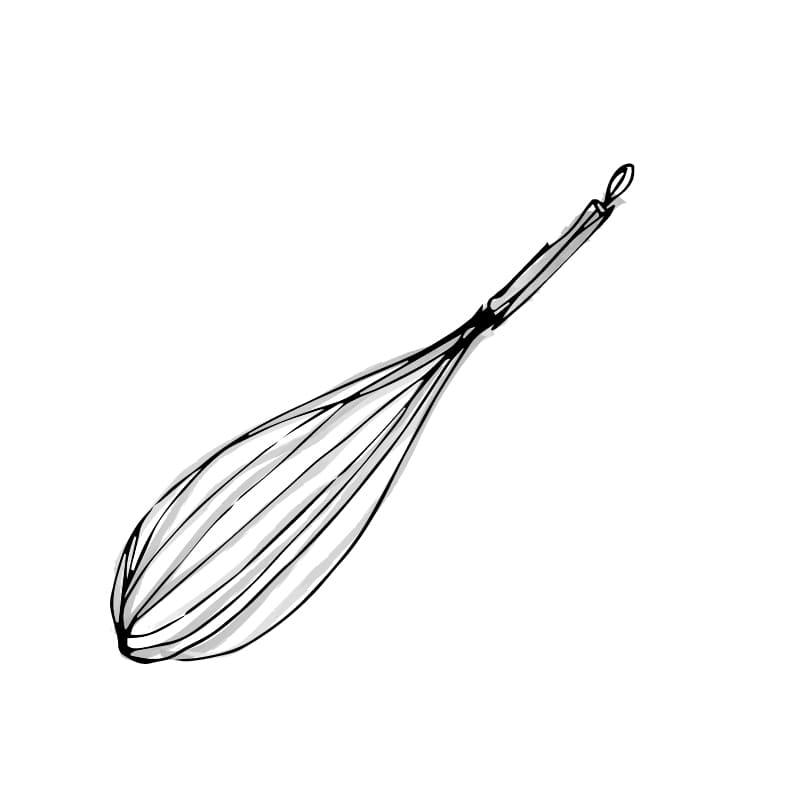
… TURNED THE GRAVY LUMPY
This one is not rocket science. They’re just lumps. Nothing that can’t be fixed with some vigorous blending. It’s this kind of situation that will make you glad you got that hand blender.
I’VE OVERCOOKED THE…
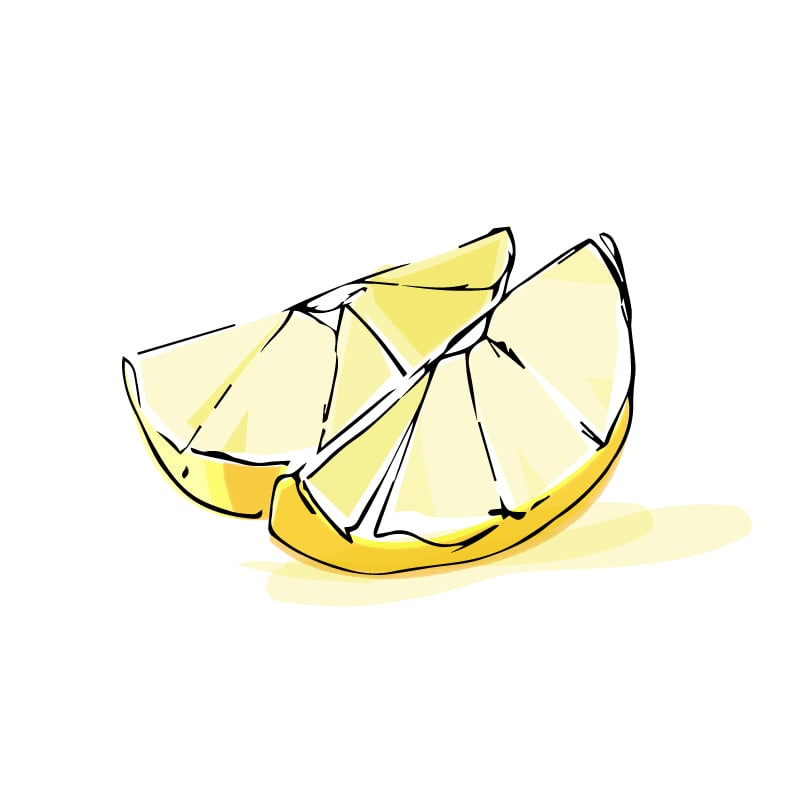
… MEAT
When you’re learning how to cook, this is something that happens very easily. Just remember that when working with red meat in particular, it’s not the kind oof thing you pop in a pan and start scrolling through your Instagram feed. It requires all your attention. Listen to the way it sizzles, watch the colour, be there for it. Once the steak releases from the pan easily, it’s ready to turn over. Don’t turn it over again and again. Now, when red meat is overcooked, it becomes tough, so although nothing you do will restore it to “medium rare”, you can bring back some juiciness. Bring some broth to the pan and let the steak simmer for a few minutes – it doesn’t need any more cooking. Add a few splashes of vinegar or lemon juice while you’re at it to freshen it up.
… RICE
Easy trap to fall into. It often happens when you’ve added too much water, so the rice is cooked before the water has evaporated. OK, the “fix” isn’t something anyone will pay money for at a Thai restaurant, but you can strain the rice (like pasta) and spread the overcooked rice onto a baking tray. Pop it into an oven preheated to 180ºC and bake for about five minutes. It’s not perfect, but hits the spot, and while you’re at it, spice it up or mix in some herbs. You’ve gone off-script anyway.
… PASTA
The great thing about Italian food is that it’s generally not overly fussy, so it’s open to improvisation. You can’t be the first person to have overcooked pasta, let’s be honest, so take a breath and let’s brainstorm this. Why not get out a pan and bring it to a medium heat? Then, add some olive oil or butter, throw your overcooked pasta into the pan and sauté over a low heat until the pasta gets nice and crispy. While you’re at it, add some garlic and grate some parmesan cheese over it. Is your mouth also starting to water?
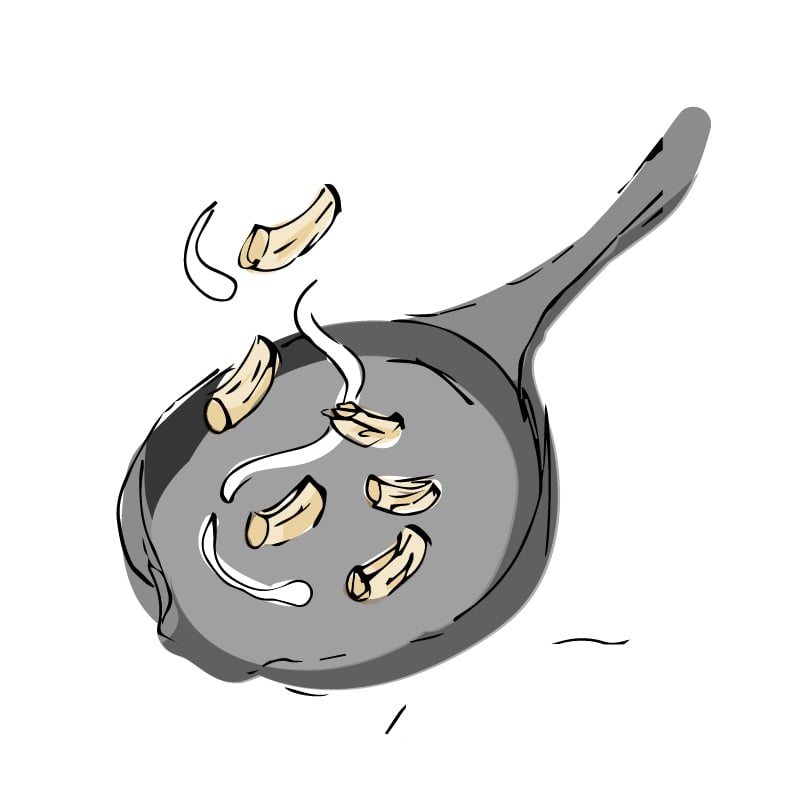
… VEGGIES
If you were going for an unforgettable ratatouille you’ve gone too far, but that doesn’t mean you’ve lost the fight. There’s so much you can do with overcooked veggies. First, try removing them from the heat and putting them in an ice bath. This stops the cooking process and tends to firm them up a bit. Not a vibe? Make a soup or a warm salad. You can also cut it into smaller pieces and make a rice dish out of them (#icookedottolenghi). Pulp it up and make a sauce out of it. With potatoes or broccoli, there are few things that shout “comfort food” quite like au gratin.

